After the upheavals of the past few years, many parents and early childhood educators worry that young children may need extra supports to develop strong social skills. Social distancing and periods of relative isolation may have interrupted the development of important skills, but there are many ways to help children make up for lost time and experiences.
Today’s post focuses on strengthening a critical social skill children will need for their whole lives: learning how to make successful friendship connections with their peers. Excerpted and adapted from the book Unpacking the Pyramid Model (edited by Mary Louise Hemmeter, Michaelene M. Ostrosky, & Lise Fox), these practical suggestions are divided into three categories to mirror the Pyramid Model framework: classroom-wide strategies, ideas to use with small groups/partners, and individualized teaching strategies and supports for friendship skills.
Universal Teaching Strategies and Supports
On a day-to-day basis in your classroom, make it a practice to teach friendship skills to all children within large group activities, small group instruction, and classroom routines. Here are some universal strategies to incorporate:
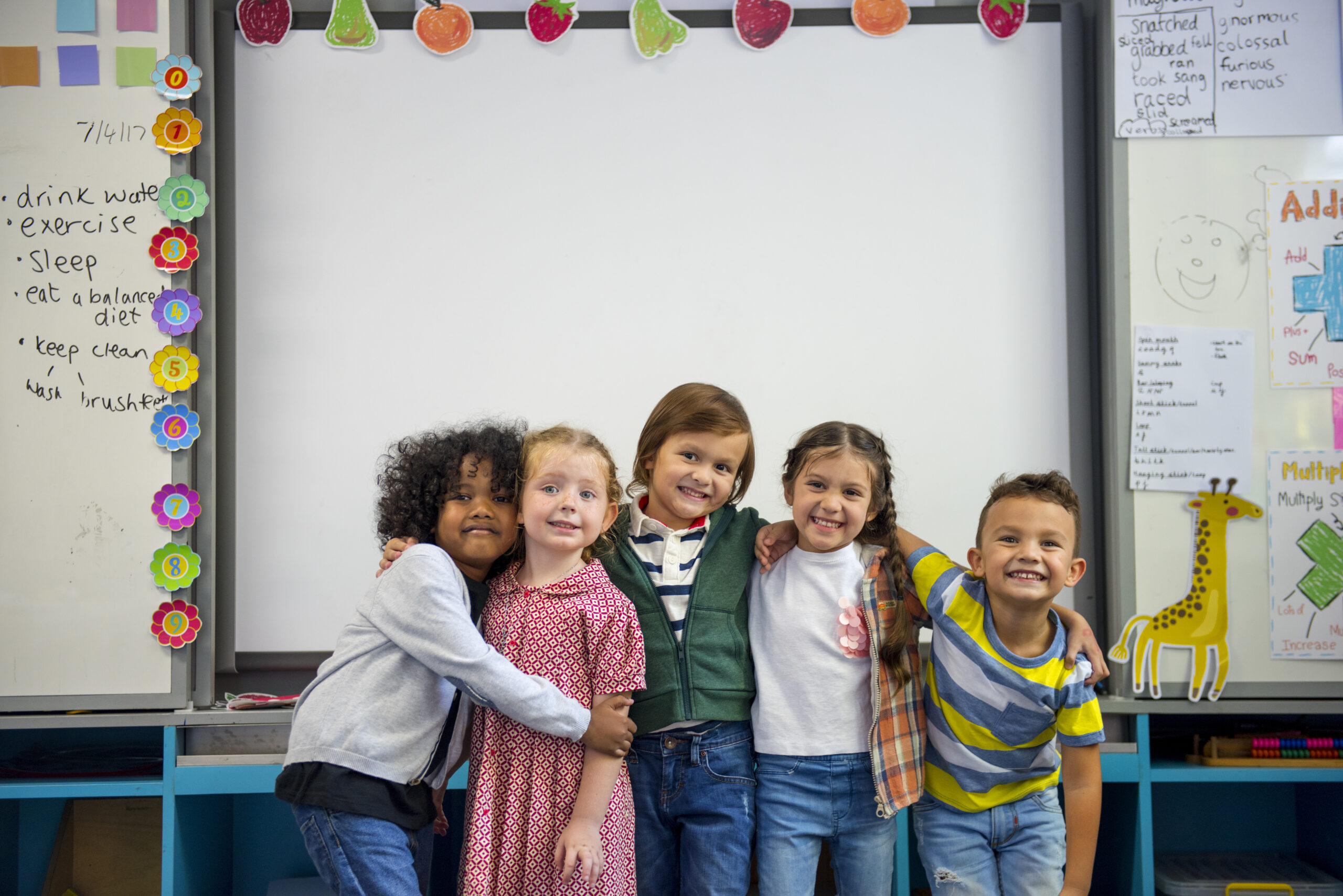 Friendship connections. Include planned activities to promote caring connections and foster relationships between children. For example, ask a classroom helper to use a board with photos of children on magnets to note who is present or absent in the classroom. The child can move the photos of children who are absent to a graphic (e.g., heart, hug) as you say “we hope they feel better soon.” Other connection activities can be as simple as helping children learn their classmates’ names (e.g., have a child pass out materials to peers, teach peers to respond by saying thank you and the child’s name) or structuring interactions between children by adding a greeter as a classroom job.
Friendship connections. Include planned activities to promote caring connections and foster relationships between children. For example, ask a classroom helper to use a board with photos of children on magnets to note who is present or absent in the classroom. The child can move the photos of children who are absent to a graphic (e.g., heart, hug) as you say “we hope they feel better soon.” Other connection activities can be as simple as helping children learn their classmates’ names (e.g., have a child pass out materials to peers, teach peers to respond by saying thank you and the child’s name) or structuring interactions between children by adding a greeter as a classroom job.
Modeling. Look for chances to model friendship skills during your daily interactions with both children and adults. You might compliment a child on how they pour milk from the carton without help; celebrate a special event, such as the birth of a sibling; or show concern about the illness of a staff member.
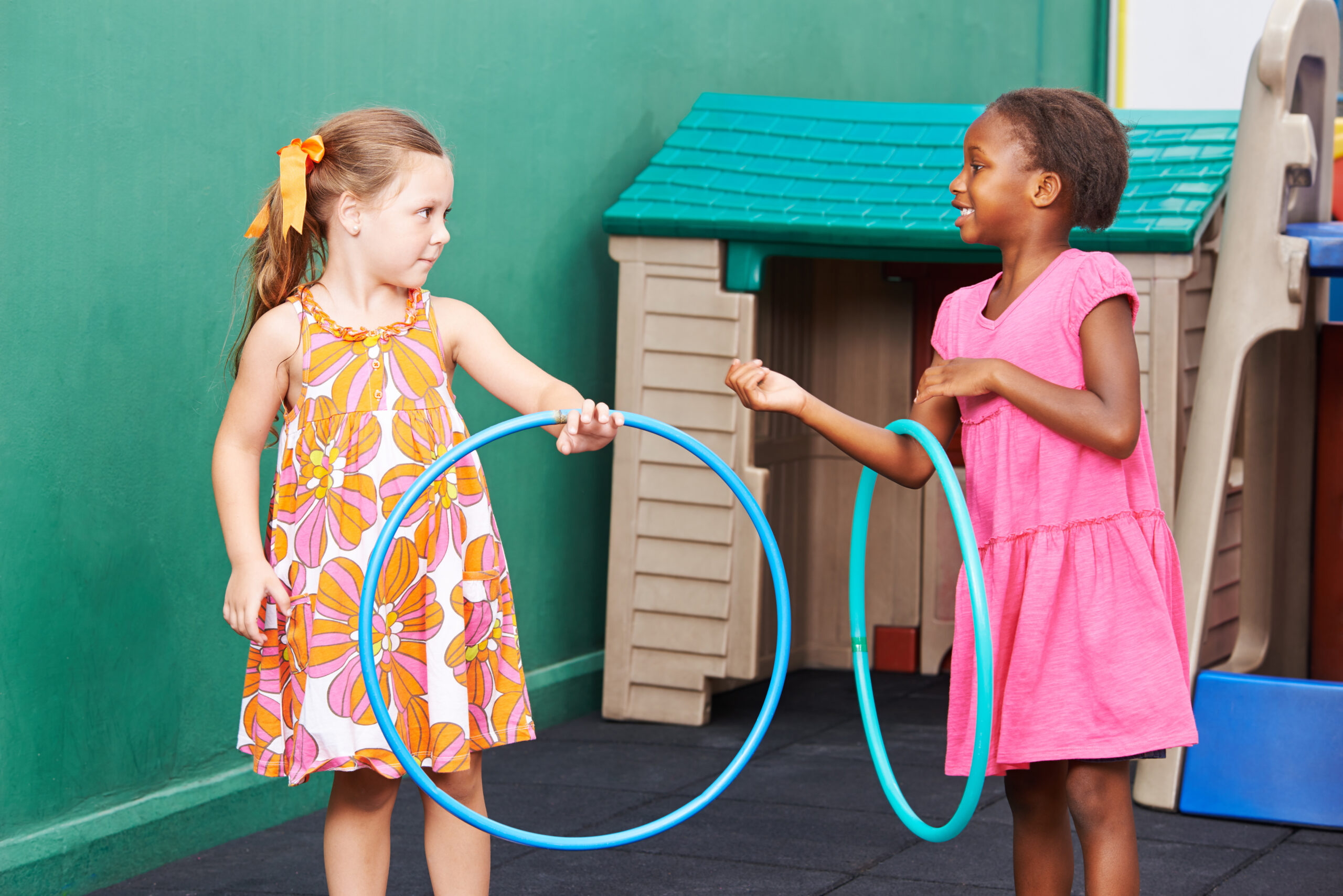 Friendship-themed books. Reading books that feature positive models of friendship is a good way to introduce and teach friendship skills. When reading, pause to discuss friendship skills and give children opportunities to act out scenes from the story that include these skills. You can also ask relevant questions, such as “what-if” questions (e.g., What if Amaya didn’t ask if she could play too?); questions that invoke empathy (e.g., If Amaya was not included, how might she feel?); and questions that help children continue learning friendship skills (e.g., What are other ways Amaya could have asked to play?).
Friendship-themed books. Reading books that feature positive models of friendship is a good way to introduce and teach friendship skills. When reading, pause to discuss friendship skills and give children opportunities to act out scenes from the story that include these skills. You can also ask relevant questions, such as “what-if” questions (e.g., What if Amaya didn’t ask if she could play too?); questions that invoke empathy (e.g., If Amaya was not included, how might she feel?); and questions that help children continue learning friendship skills (e.g., What are other ways Amaya could have asked to play?).
Role play. Through role play, you can help children learn how and when to use friendship skills. Use these five basic steps to plan a role play experience with children: 1) introduce and describe the skill, 2) demonstrate what the skill looks like, 3) demonstrate what the skill does not look like, 4) provide time for children to practice the skill, and 5) give descriptive feedback while children practice, acknowledging both their effort and outcomes and providing support as needed.
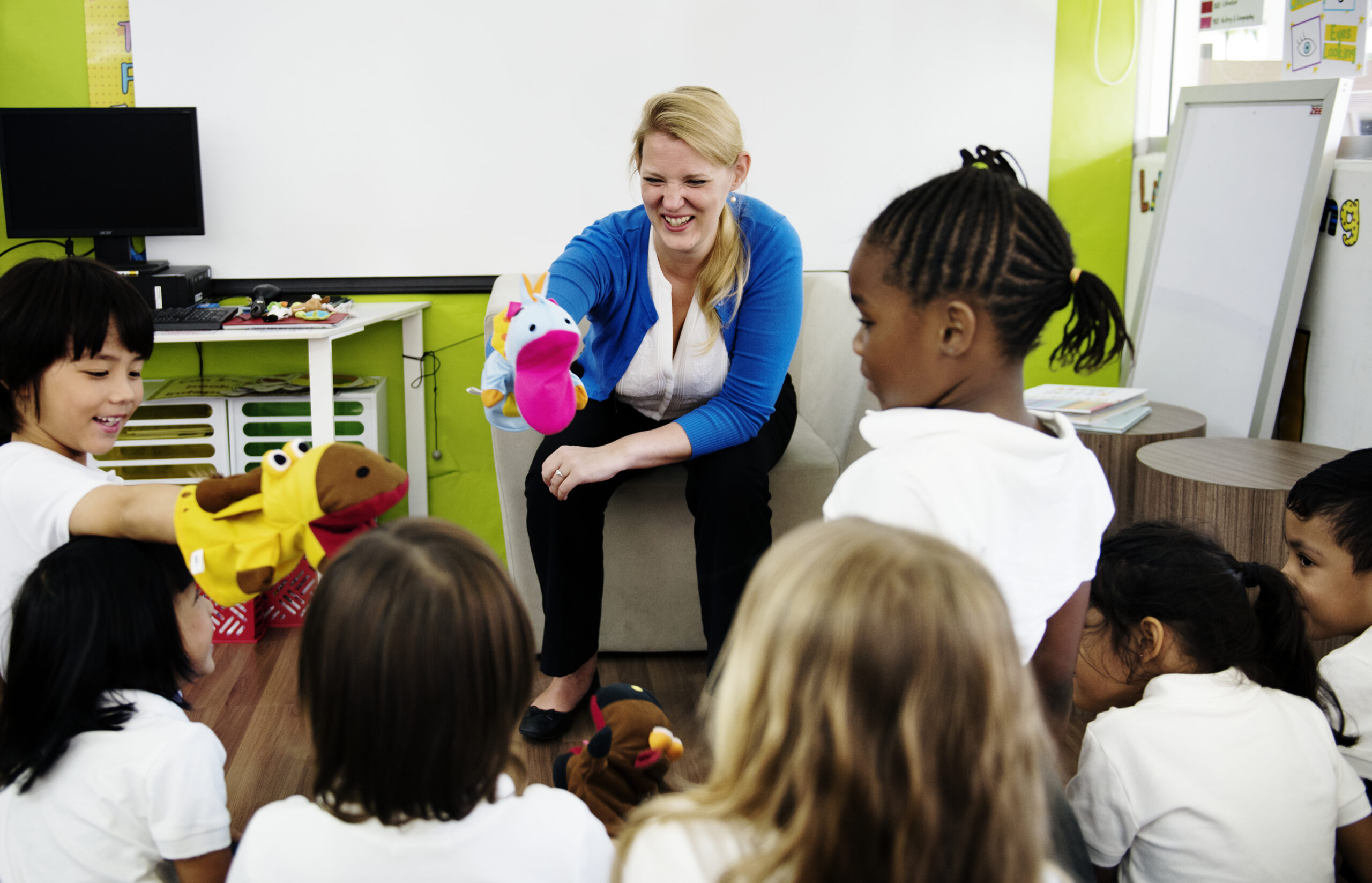 Puppets. When used in tandem with books, puppets can offer a vivid demonstration of a friendship skill or help children reflect on a character’s actions or feelings. You can also use puppets to prompt children to practice skills throughout the day. During teachable moments, use puppets to demonstrate scenarios and model the appropriate use of friendship skills.
Puppets. When used in tandem with books, puppets can offer a vivid demonstration of a friendship skill or help children reflect on a character’s actions or feelings. You can also use puppets to prompt children to practice skills throughout the day. During teachable moments, use puppets to demonstrate scenarios and model the appropriate use of friendship skills.
Secondary Teaching Strategies and Supports
If some of your students need more specific and intentional instruction in friendship skills, try these strategies:
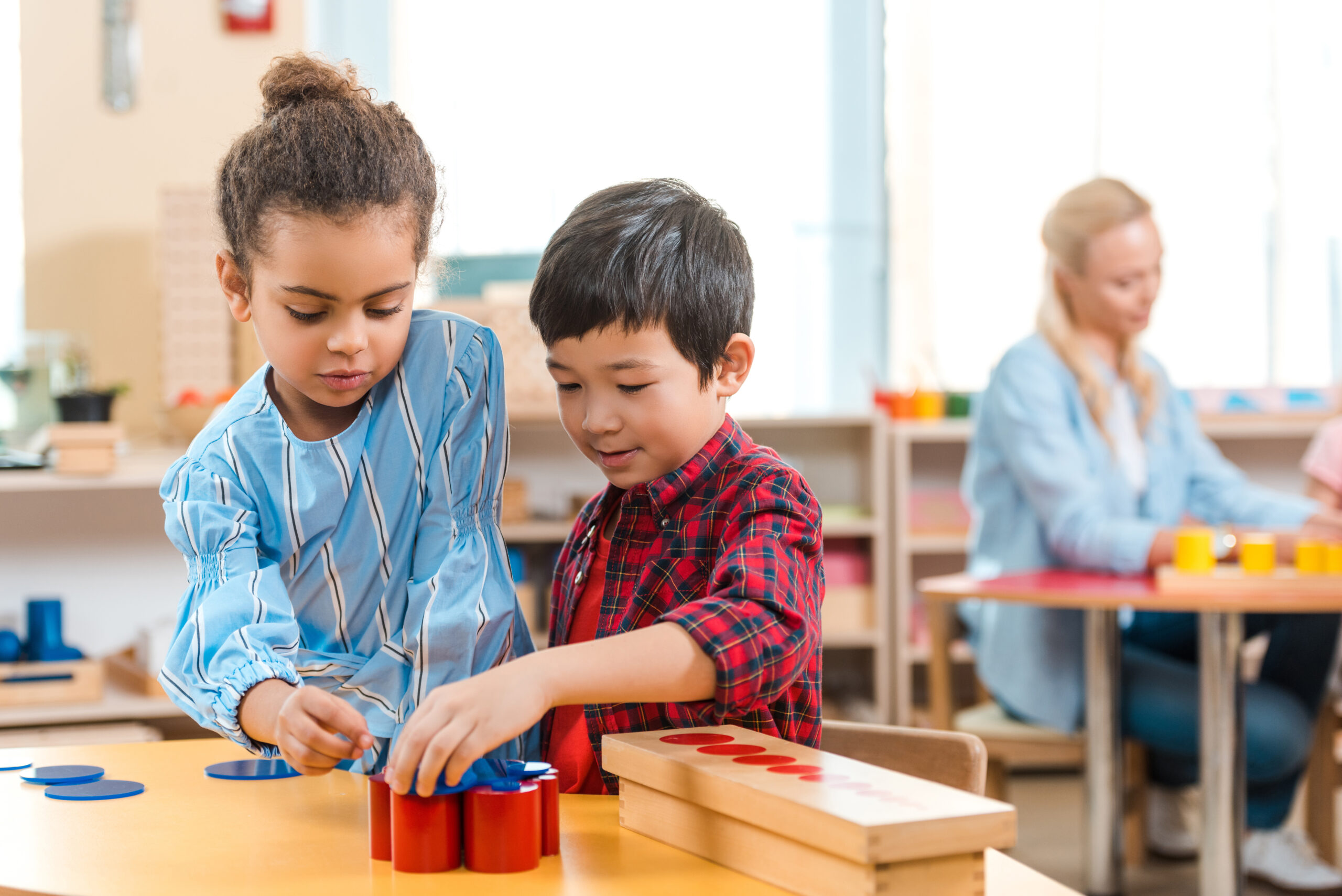 Cooperative activities. Cooperative activities include projects, tasks, or routines that encourage children to work together. Examples include children working in a small group to create a cardboard postal truck while doing a post office project, doing classroom jobs with a partner (returning a bin of books to the library), or making friendship bracelets (one child holds a string while another child threads beads onto it). Cooperative activities typically include toys that work well with two or more children—wagons, balls, board games. You can also encourage cooperative activities by creating themed play bags: for instance, if some children have bonded over having September birthdays, a play bag might contain birthday candles, hats, modeling dough, cookie cutters, and rolling pins so they can have a play birthday party together.
Cooperative activities. Cooperative activities include projects, tasks, or routines that encourage children to work together. Examples include children working in a small group to create a cardboard postal truck while doing a post office project, doing classroom jobs with a partner (returning a bin of books to the library), or making friendship bracelets (one child holds a string while another child threads beads onto it). Cooperative activities typically include toys that work well with two or more children—wagons, balls, board games. You can also encourage cooperative activities by creating themed play bags: for instance, if some children have bonded over having September birthdays, a play bag might contain birthday candles, hats, modeling dough, cookie cutters, and rolling pins so they can have a play birthday party together.
Peer-mediated Interventions. Identify peer buddies who can be taught to implement friendship skill interventions. Successful peer buddies are children who have strong friendship skills, regularly engage in play and conversation with other children, stay engaged during small group instruction, follow adult prompts, have a good record of attendance, and have similar play interests as the child you want to support. Use modeling, role play, and visuals to help peer buddies learn how to get their classmate’s attention, be persistent during play interactions, and give compliments after the child successfully uses friendship skills. To establish reciprocity among children, be sure that the child receiving support also has opportunities to initiate, provide help, and share with their peer buddies throughout the day.
Friendship activities. Friendship activities are non-competitive, teacher-directed games or songs that incorporate opportunities for peer interactions. For example, the song “If You’re Happy and You Know It” can be altered to include phrases like “high-five a friend” and “dance with a friend.” Another game that encourages peer interactions is friendship musical hula hoops. Unlike the classic version of musical chairs, as hula hoops are slowly removed from the game children are encouraged to stand together inside a hoop. The use of hula hoops, instead of chairs, creates a space for two or more peers to stand together, promoting peer interactions and decreasing competition.
Teaching Strategies and Supports for Children Who Need More Assistance
For a few children, you may have to provide more individualized instruction around friendship skills. Try these strategies:
Social stories. Write or adapt scripted social stories to help children learn about friendship skills, social situations when they might need to use these skills, and how best to use them. The National Center for Pyramid Model Innovations (NCPMI) has a page with examples of Scripted Stories for Social Situations—see their “I Can Be a Super Friend!” social story for a relevant example.
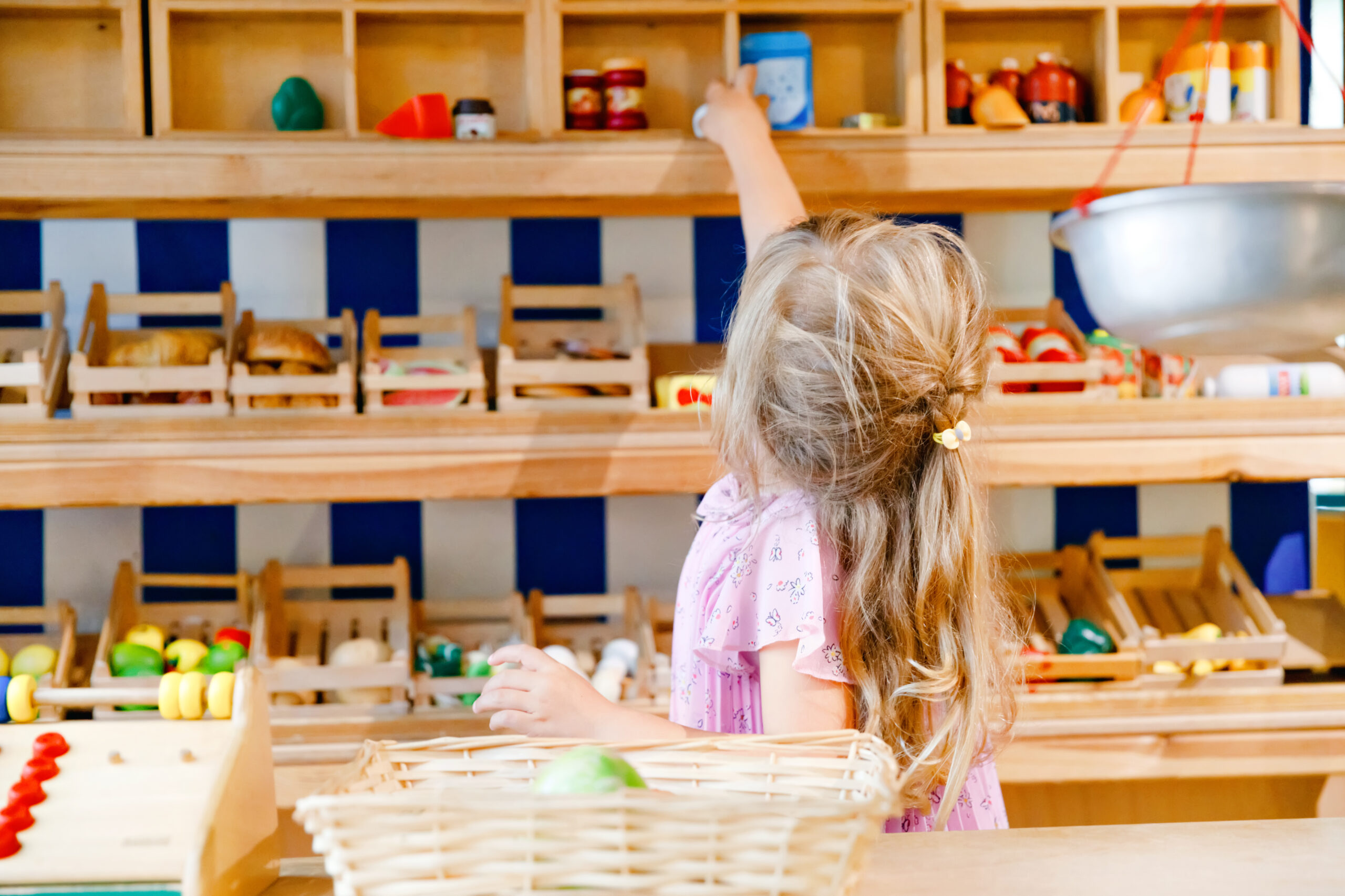 Play scripts. Play scripts can be especially helpful for children who are learning how to initiate play with peers and need ideas for roles, vocabulary, and actions. Start by identifying all roles associated with a particular play routine (roles for grocery store might be a cashier, shopper, and baker). For each role, create a script with both words and actions for children. For example, shoppers could push a grocery cart, put food items in a cart, bring the cart to the cashier, give the cashier money, and then take their grocery bag and say, “Thank you. Goodbye!” The complexity of the play script can be adjusted for individual children.
Play scripts. Play scripts can be especially helpful for children who are learning how to initiate play with peers and need ideas for roles, vocabulary, and actions. Start by identifying all roles associated with a particular play routine (roles for grocery store might be a cashier, shopper, and baker). For each role, create a script with both words and actions for children. For example, shoppers could push a grocery cart, put food items in a cart, bring the cart to the cashier, give the cashier money, and then take their grocery bag and say, “Thank you. Goodbye!” The complexity of the play script can be adjusted for individual children.
Priming. Priming is a strategy teachers use with children prior to participation in a social activity. For example, before a child asks a peer for a turn with the tricycle during outdoor time, you can “prime” the child by saying, “Ali, how can you ask Neva for a turn with the tricycle?” After listening to and reviewing Ali’s possible requests, help her practice asking for a turn. You might also prime the peer for the interaction: “When Ali asks for the tricycle, can you be a friend and let her have a turn? She is learning to use her words and we want to support her so she can be successful.”
Visuals. Visual supports focused on friendship skills are most useful when they break a complex skill into smaller parts. Visuals can be posted in areas where they might be needed most (e.g., block area, dramatic play) and could be used during mealtimes to provide prompts that help facilitate conversations between peers. When visuals are used in this manner, they become an effective teaching tool not only for individual children, but for all children who are working on mastering friendship skills.
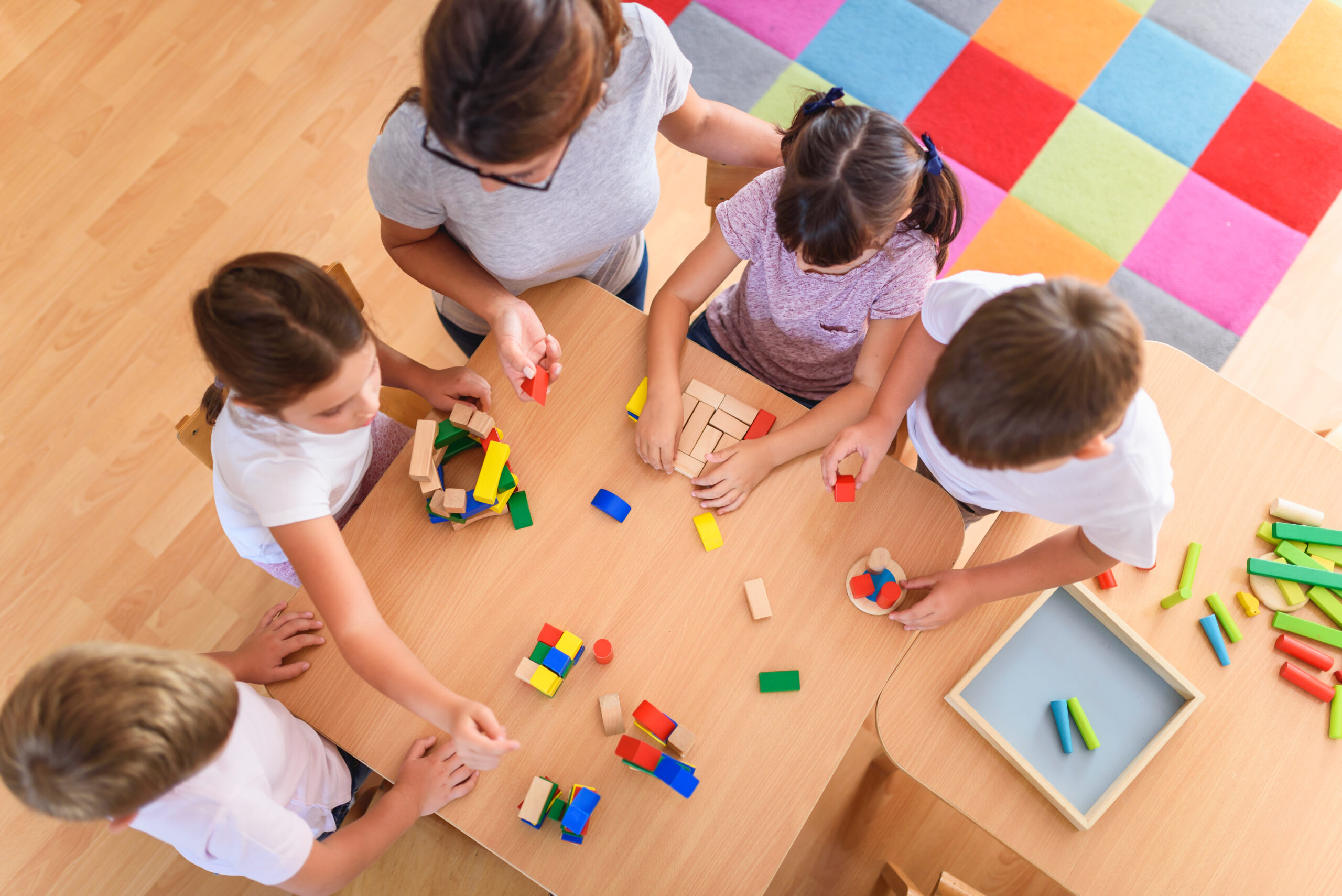 Monitoring center time. As children use your play centers, comment when you notice them exhibiting friendship skills. Explicitly describe what children are doing and connect the behavior to being a good friend: “I see you shared some blocks with Nico. This way, Nico can build something, too. That’s something friends do!” Make a habit of encouraging children to use friendship skills when they play and work together throughout the day.
Monitoring center time. As children use your play centers, comment when you notice them exhibiting friendship skills. Explicitly describe what children are doing and connect the behavior to being a good friend: “I see you shared some blocks with Nico. This way, Nico can build something, too. That’s something friends do!” Make a habit of encouraging children to use friendship skills when they play and work together throughout the day.
Embedded friendship opportunities matrix. Create a matrix to identify natural and authentic opportunities within your daily schedule to provide individualized instruction to children. Having an organized matrix can help you plan when you might intentionally partner children with potential or established friends to practice or refine their friendship skills (e.g., sitting two friends near each other during snack).
Use these tiered strategies to provide just-right supports for your students as they develop friendly and positive connections with their peers. And for a complete guide to using research-based practices to boost young children’s social-emotional development, be sure to check out the book behind today’s post!
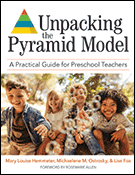
Unpacking the Pyramid Model
A Practical Guide for Preschool Teachers
Edited by Mary Louise Hemmeter, Ph.D., Michaelene M. Ostrosky, Ph.D., & Lise Fox, Ph.D.
For more than a decade, early educators have relied on Pyramid Model for Promoting Social Emotional Competence in Infants and Young Children. Now there’s a comprehensive, step-by-step guide to implementing the Pyramid Model, complete with in-depth guidance, evidence-based strategies, and helpful checklists for implementing all tiers of the Pyramid Model: universal, targeted, and individualized.
Stay up to date on the latest posts, news, strategies, and more!
Sign up for one of our FREE newslettersMore posts like this
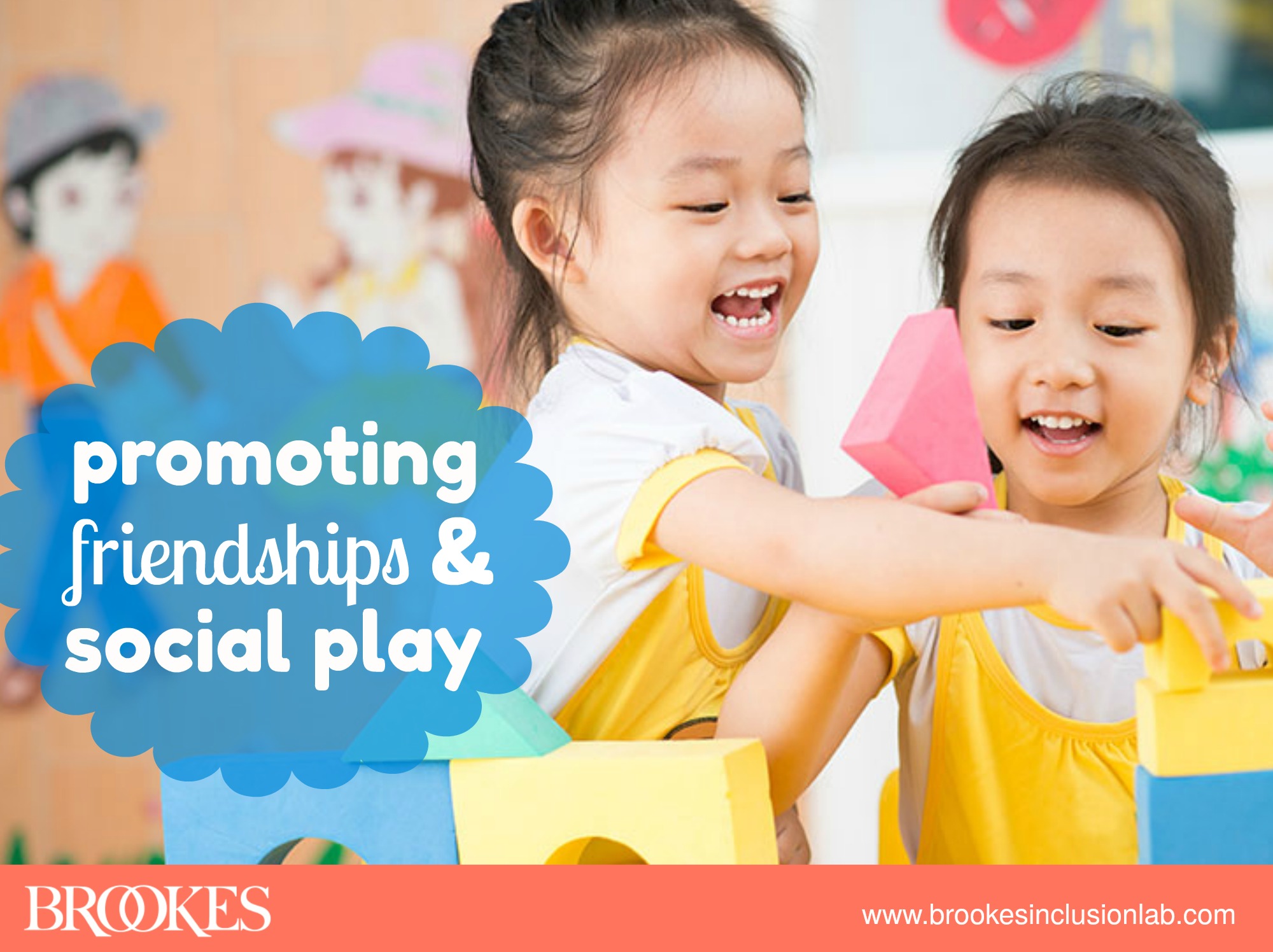
11 Ways to Encourage Friendship Skills and Social Play
September 4, 2018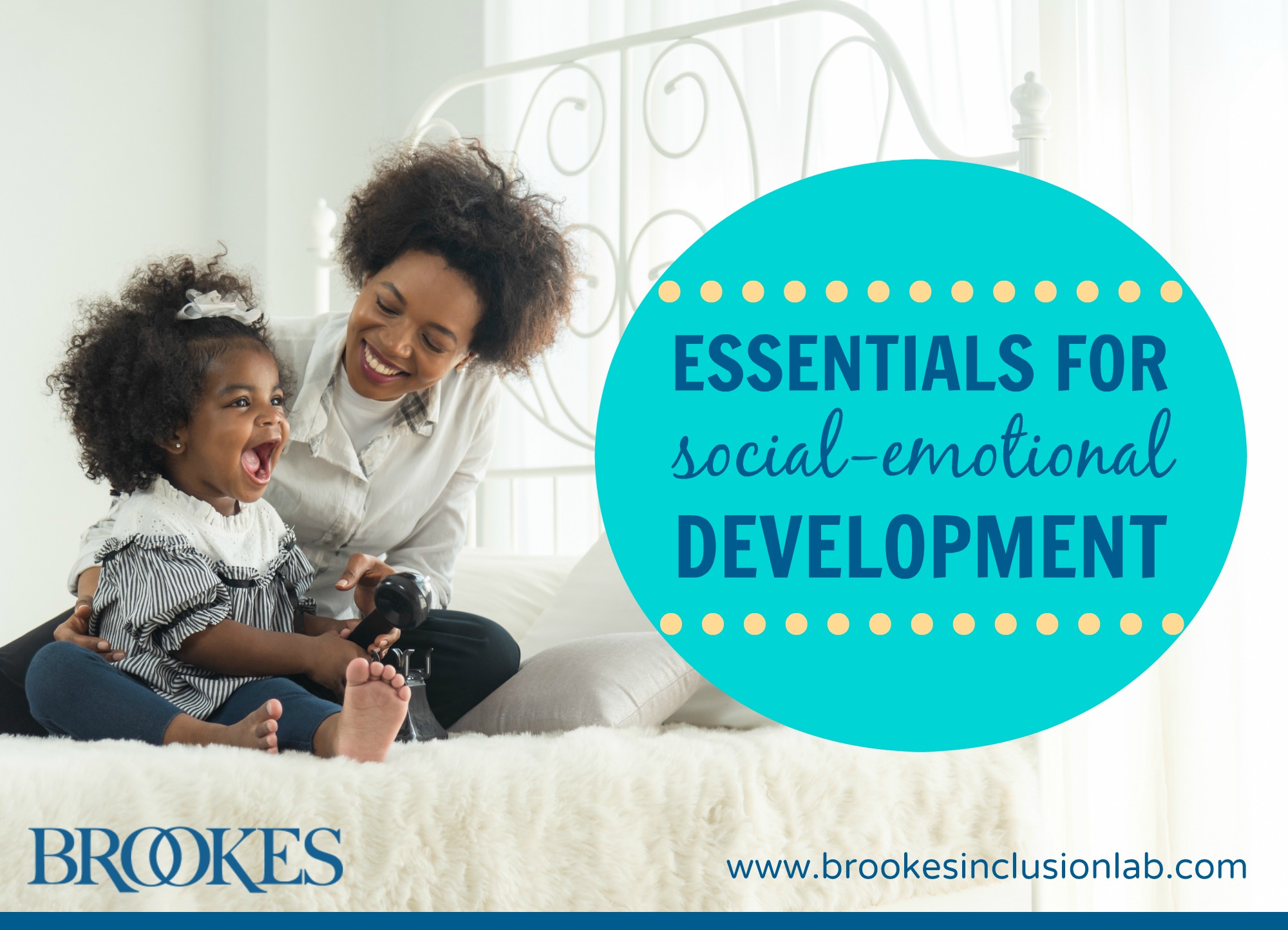
10 Essentials for Promoting Young Children’s Social-Emotional Development
February 25, 2020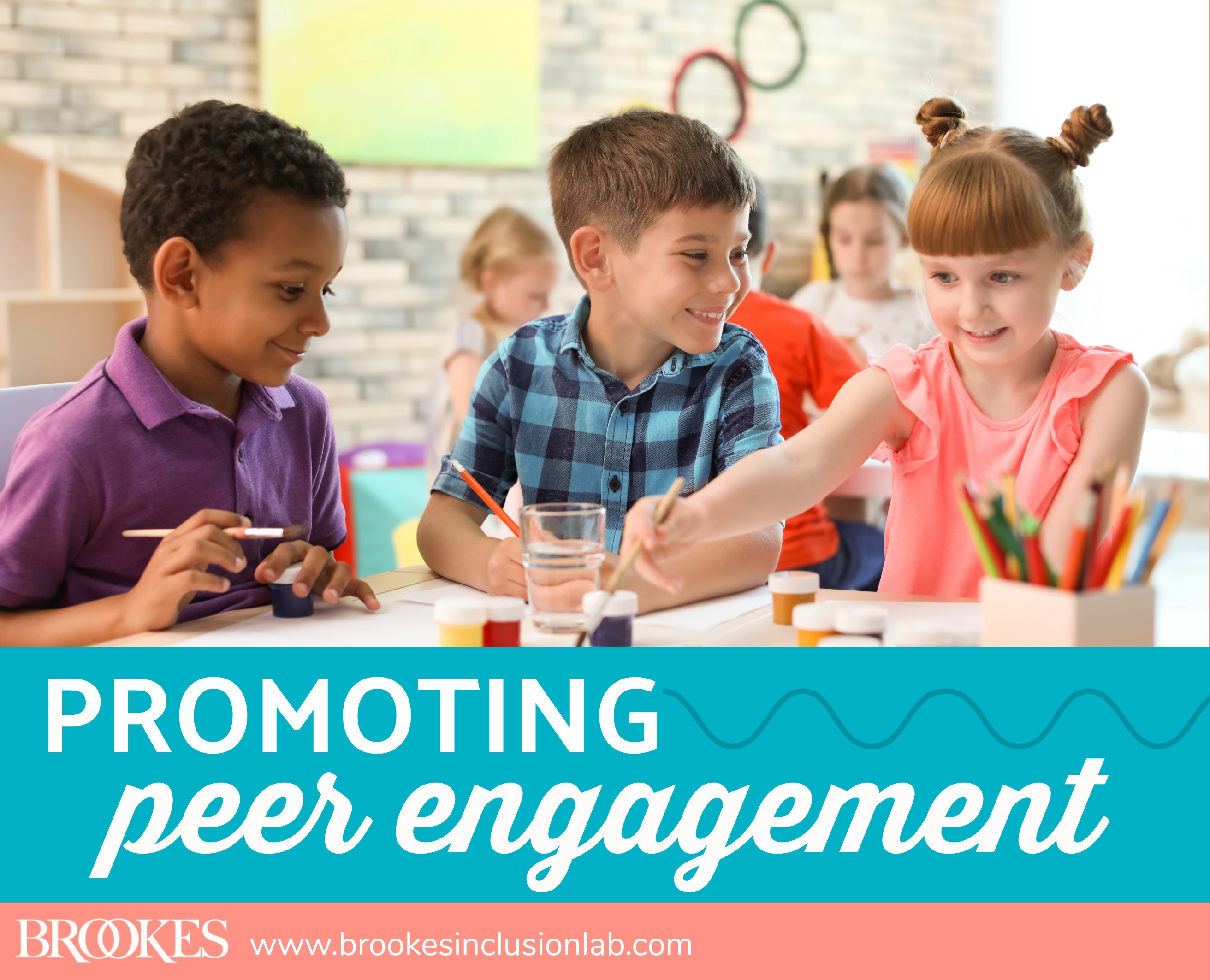

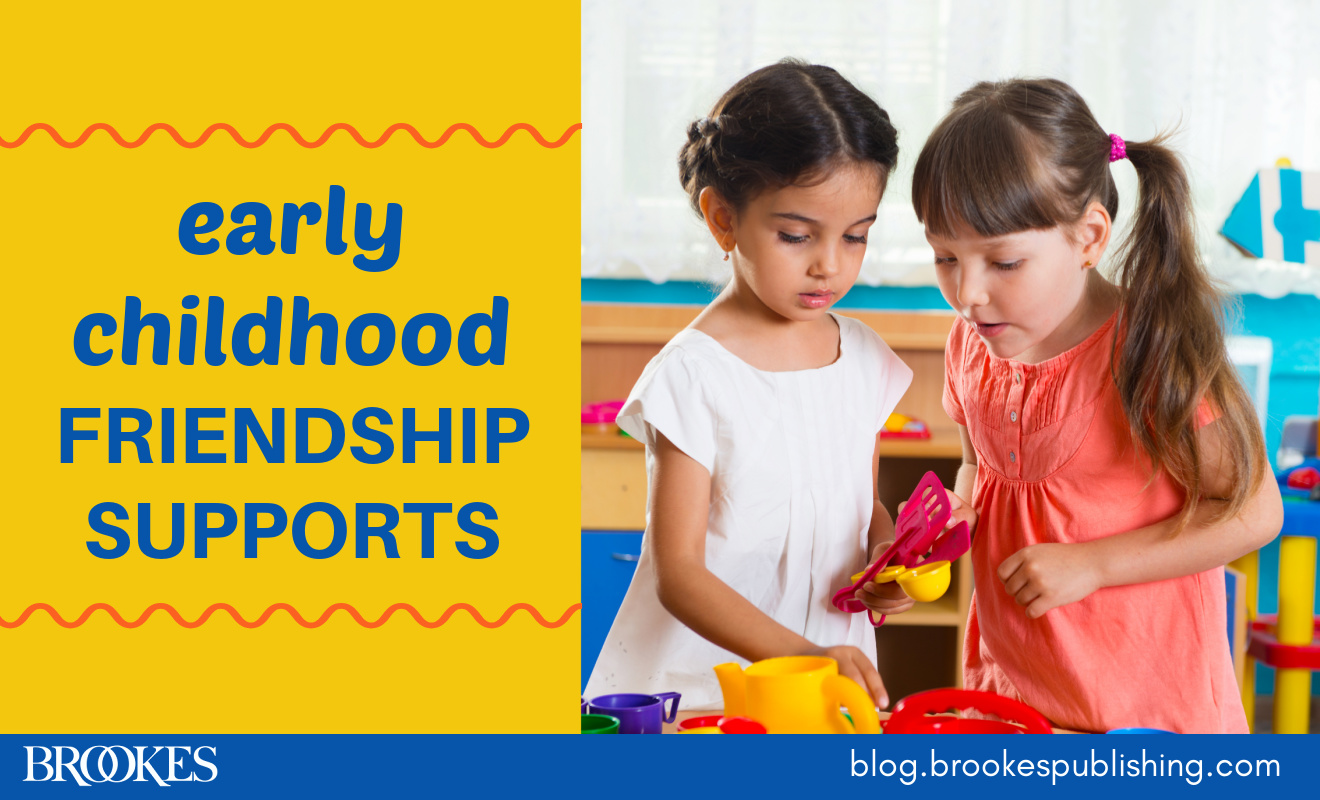
Write a Comment
Your email address will not be published. Required fields are marked *
Post a Comment